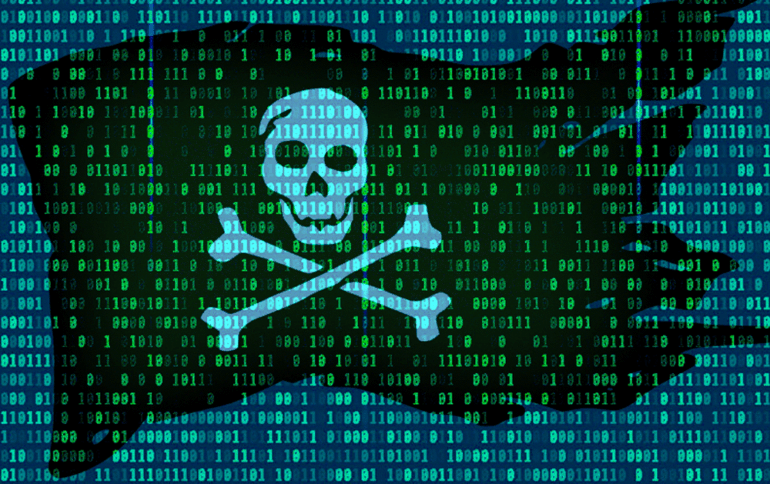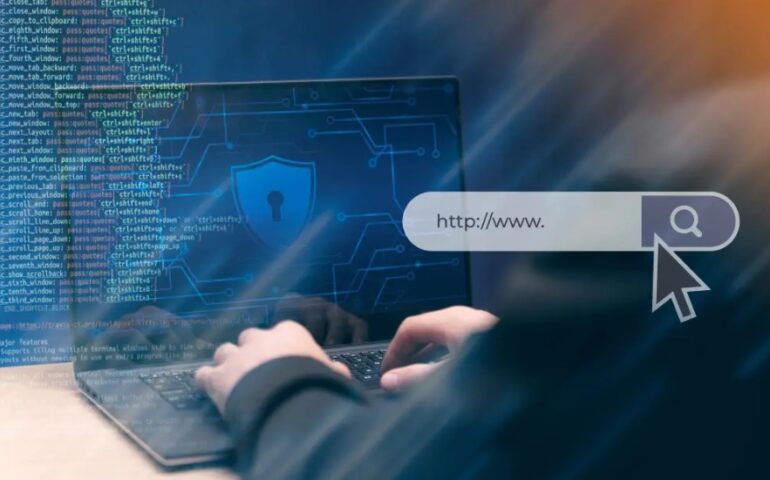The threat of content theft is more prevalent than ever, in the age of digital media, entertainment, and mobile applications. From movies and music to software and mobile apps, creators face constant challenges in protecting their intellectual property.
This is where anti-piracy measures become essential. But what is anti piracy, and why has it become a cornerstone for businesses and content creators alike? Let’s dive in.
What Is Anti-Piracy?
At its core, anti-piracy refers to strategies, tools, and technologies used to prevent unauthorized access, duplication, and distribution of digital content. Think of it as a digital security system that protects creations from being stolen or misused. Unlike traditional theft, piracy in the digital realm can happen quickly and on a massive scale, making prevention crucial.
While piracy has been around for decades, the shift from physical media to online platforms has transformed how content is consumed and, consequently, how it can be stolen. Anti-piracy isn’t just about preventing losses; it’s about ensuring that creators, businesses, and consumers can engage with content safely and legitimately.
Why Anti-Piracy Matters

Protecting Revenue Streams
Every time pirated content circulates online, creators lose potential revenue. Movies leaked before their official release, cracked software distributed for free, or illegal streams of premium content can significantly impact profits. Implementing anti-piracy measures ensures that creators and businesses can monetize their work fairly.
For example, streaming services invest heavily in anti-piracy technologies to prevent unauthorized downloads or streaming. Without these safeguards, their subscription models would be unsustainable, leading to higher costs or reduced service quality for legitimate users.
Preserving Brand Integrity
Pirated content is often of poor quality or manipulated in ways that can harm a brand’s reputation. Imagine downloading a cracked version of a popular app that contains bugs, malware, or inaccurate information. Consumers may associate these negative experiences with the original brand, even though it wasn’t responsible for the faulty version. Anti-piracy helps protect the integrity of digital products and the reputation of the companies behind them.
Encouraging Creativity and Innovation
When creators feel secure that their work is protected, they are more likely to invest time and resources into developing new ideas. Anti-piracy measures create an environment where innovation thrives, ensuring that artists, developers, and businesses can continue to produce high-quality content without fear of theft.
Common Forms of Digital Piracy

Software Piracy
Software piracy remains one of the most common forms of intellectual property theft. This includes illegally downloading, sharing, or using software without proper licensing. Not only does this impact revenue, but it also exposes users to security risks like malware and ransomware.
Media Piracy
Media piracy involves unauthorized sharing of movies, music, TV shows, and e-books. Streaming platforms and content creators are constantly battling illegal uploads on social media, torrent sites, and file-sharing platforms. Advanced anti-piracy techniques are essential to track, remove, and prevent such violations.
Mobile App Piracy
With the rise of smartphones, mobile app piracy has become increasingly problematic. Pirated apps often bypass app store security, leading to revenue losses for developers and potential privacy risks for users. Implementing anti-piracy measures within apps helps prevent tampering and unauthorized distribution.
Live Streaming Piracy
Live sports, concerts, and events are prime targets for piracy. Illegal live streams can significantly impact ticket sales, subscriptions, and sponsorship deals. Advanced anti-piracy solutions, including watermarking and real-time monitoring, are employed to detect and block these unauthorized streams.
Key Anti-Piracy Techniques

Digital Rights Management (DRM)
DRM technologies control how digital content is used and distributed. They restrict access to authorized users, prevent copying, and ensure that content is consumed only according to licensing agreements. Examples include Apple FairPlay, Google Widevine, and Microsoft PlayReady. DRM is widely used in movies, music, e-books, and software to maintain control over digital assets.
Forensic Watermarking
Forensic watermarking embeds invisible markers in digital content, making it possible to trace pirated copies back to their source. This method is particularly useful in identifying leaks and holding violators accountable. Unlike DRM, which prevents copying, forensic watermarking allows content tracking after distribution.
Anti-Tampering Solutions
In mobile applications and software, anti-tampering mechanisms prevent unauthorized modifications or hacking attempts. These include code obfuscation, encryption, and runtime integrity checks. By securing the code and preventing reverse engineering, developers can safeguard both revenue and user trust.
Piracy Monitoring Services
Some companies specialize in scanning the internet for pirated content. They monitor websites, social media, peer-to-peer networks, and streaming platforms to identify unauthorized distribution. Once detected, they initiate takedown notices or legal action. This proactive approach helps reduce the lifespan of pirated content online.
Challenges in Combating Piracy
While anti-piracy technologies are advanced, the fight is ongoing. Pirates continuously adapt, using new tools and techniques to bypass protections. Some common challenges include:
- Rapid distribution: Digital content spreads quickly, making it difficult to stop piracy before significant damage occurs.
- Global jurisdiction Issues: Legal enforcement varies across countries, creating loopholes for pirates operating from regions with lax regulations.
- Cost of implementation: High-quality anti-piracy solutions can be expensive, particularly for small businesses and independent creators.
- User friction: Overly strict DRM or security measures can frustrate legitimate users, affecting the user experience.
Despite these hurdles, combining multiple anti-piracy strategies like DRM, watermarking, and monitoring can significantly reduce risks and protect digital assets.
Best Practices for Businesses and Creators

Educate Users
Often, piracy occurs due to lack of awareness. Informing audiences about the consequences of piracy and the value of legitimate content can encourage ethical consumption.
Invest in Multi-Layered Security
No single solution can stop piracy entirely. Implementing a combination of anti-piracy technologies, such as DRM, watermarking, and encryption, strengthens overall protection.
Monitor and Respond Quickly
Active monitoring allows creators to respond rapidly to piracy incidents. Timely takedowns and legal actions discourage repeated violations.
Balance Security and User Experience
Protecting content should not compromise usability. Ensuring smooth access for legitimate users while preventing piracy is a delicate but essential balance.
The Future of Anti-Piracy
As technology evolves, so does the landscape of piracy. Artificial intelligence and machine learning are increasingly being used to detect and prevent unauthorized distribution in real time. Blockchain is also emerging as a tool to verify content authenticity and trace ownership.
In the coming years, anti-piracy solutions are expected to become more intelligent, automated, and user-friendly. The goal will be to secure content without hindering the experience of legitimate consumers, ensuring a fair digital ecosystem for everyone.
Conclusion
Protecting intellectual property is more crucial than ever. Understanding what Anti-piracy measures safeguard revenue, preserve brand integrity, and foster innovation. Whether it’s software, mobile apps, media content, or live streams, a comprehensive approach that combines DRM, watermarking, anti-tampering, and monitoring is essential.
For businesses and creators seeking advanced solutions to protect their digital assets, platforms provide cutting-edge tools to secure mobile apps and content against piracy. By embracing these technologies, content creators can ensure their work remains safe, profitable, and accessible to legitimate users.

